Is All Lavender Edible? A Tasty Tale of Two Lavenders
You’ve probably seen those dreamy purple sprigs in your spice rack or at a farmer’s market and wondered, “Can I really cook with this?” Lavender may smell like a spa day, but not every variety is made for the dinner plate. In this article, we’ll explore which lavender is safe to eat, how to use it in the kitchen, and why some types are best left for aromatherapy — or even cleaning products! Let’s dive into the fragrant (and flavorful) world of culinary lavender.
Table of Contents
- The Basics: What Is Lavender?
- Edible vs Ornamental Lavender: Spotting the Difference
- Top Culinary Lavender Varieties You Can Eat
- How to Use Edible Lavender in Your Kitchen
- Common Mistakes to Avoid When Cooking with Lavender
- Buying Guide: Choosing the Best Lavender for Eating
- Conclusion
The Basics: What Is Lavender?
Lavender isn’t just one plant — it’s actually a whole family of flowering plants from the mint family, Lamiaceae. With over 450 varieties, lavender grows across Europe, Africa, and Asia. It’s known for its calming scent and beautiful purple blooms.
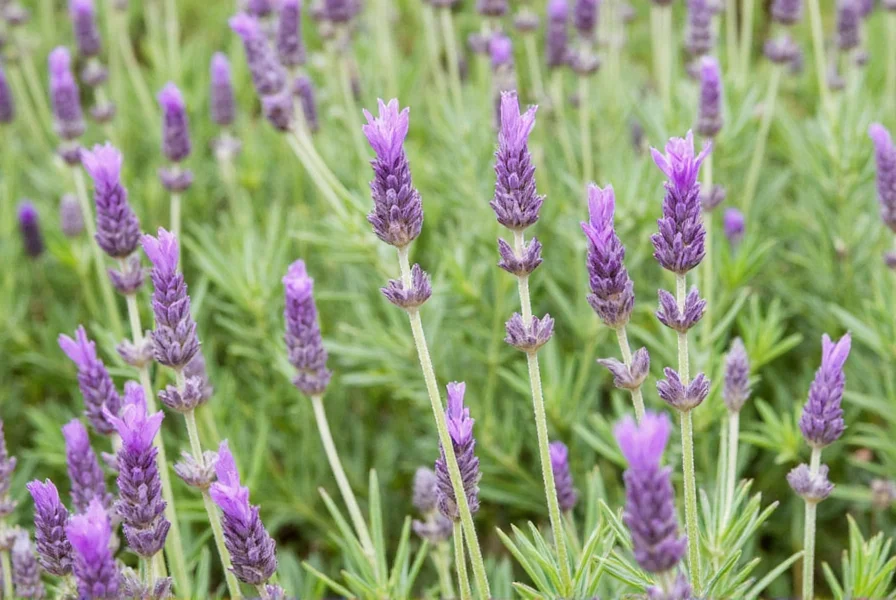
But here’s the twist: not all lavender is created equal when it comes to cooking. Some are perfect for flavoring desserts, while others can be bitter, harsh, or even toxic if ingested. So let’s break down the good, the bad, and the deliciously aromatic!
Edible vs Ornamental Lavender: Spotting the Difference
The key difference between edible and ornamental lavender lies in their chemical composition, cultivation methods, and intended use. Here’s a quick comparison:
| Type | Common Name | Flavor Profile | Use Case | Safety Note |
|---|---|---|---|---|
| Edible Lavender | English Lavender (Lavandula angustifolia) | Sweet, floral, slightly citrusy | Cooking, baking, tea blends | Safe for consumption |
| Ornamental Lavender | Lavandula stoechas, hybrid lavenders | Bitter, resinous, sometimes camphor-like | Gardening, decor, essential oils | Not recommended for eating |
Why Ornamental Lavender Isn't Safe to Eat
Many ornamental lavenders have higher levels of camphor and other compounds that aren't meant for internal use. They're often grown with fertilizers or pesticides not suited for food crops. Plus, some hybrids were bred for looks and fragrance, not flavor.
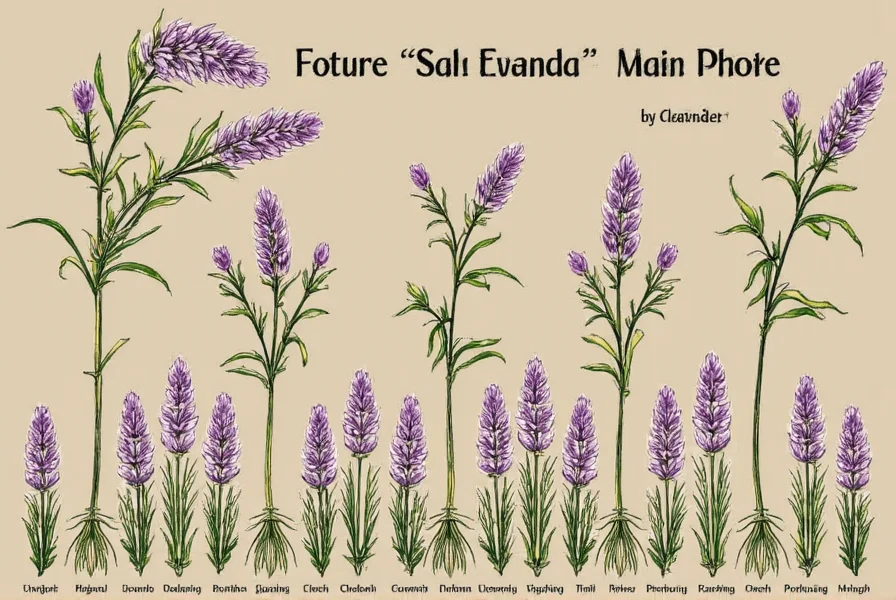
Top Culinary Lavender Varieties You Can Eat
If you’re ready to start experimenting in the kitchen, here are some top edible lavender varieties:
- 'Munstead': Sweet and delicate, great for baking and teas.
- 'Hidcote': More intense aroma, works well in savory dishes.
- 'Lady Lavender': Mild flavor with pink bracts; ideal for sugar blends.
- 'Royal Velvet': Rich color and bold flavor; great in syrups.
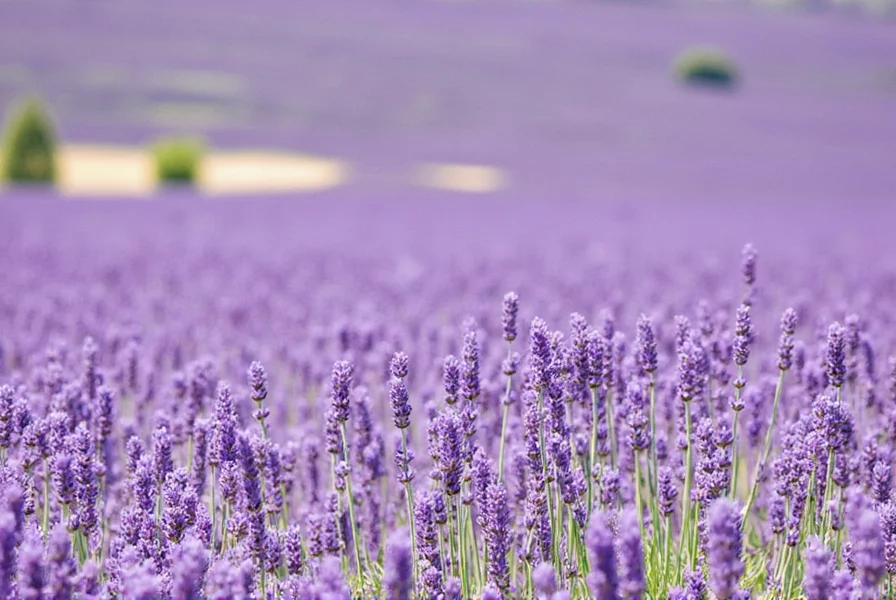
Taste Test: How Different Lavenders Flavor Food
To help you choose, here’s a taste breakdown of common culinary lavenders:
| Variety | Flavor Intensity | Best For |
|---|---|---|
| Munstead | Mild | Desserts, cakes, shortbread |
| Hidcote | Strong | Savory dishes, grilled meats |
| Lady Lavender | Moderate | Sugar infusions, honey |
| Royal Velvet | Very Strong | Syrups, cocktails, jams |
How to Use Edible Lavender in Your Kitchen
Lavender can be a game-changer in your recipes — as long as you know how to use it. Here are some tips to get the most out of culinary lavender:
- Use sparingly: A little goes a long way. Start with 1/4 teaspoon and adjust to taste.
- Dry before using: Fresh lavender is more pungent and can overwhelm dishes. Dry it first for a balanced flavor.
- Infuse oils or sugars: Make lavender-infused sugar or oil for baking and dressings.
- Pair wisely: Lavender pairs well with lemon, honey, thyme, and rosemary. Avoid mixing with strong spices that might clash.
- Don’t burn it: Heat can ruin the delicate floral notes. Add it toward the end of baking or cooking.

Popular Recipes Using Edible Lavender
- Lavender Honey Lemonade
- Lavender Shortbread Cookies
- Lavender Crème Brûlée
- Lavender and Rosemary Roast Chicken
- Lavender Syrup for Cocktails
Common Mistakes to Avoid When Cooking with Lavender
We've all been there — one too many buds and suddenly your dessert tastes like soap. Here are some classic blunders to steer clear of:
- Using too much: Lavender has a strong flavor. Overdoing it leads to bitterness.
- Eating ornamental varieties: These can contain harmful chemicals or be naturally unsuitable for ingestion.
- Skipping drying: Fresh lavender is stronger and can be overpowering in dishes.
- Improper storage: Keep dried lavender in an airtight container away from light and moisture.
- Mixing with conflicting flavors: Lavender doesn’t always play well with heavy spices like clove or cinnamon.
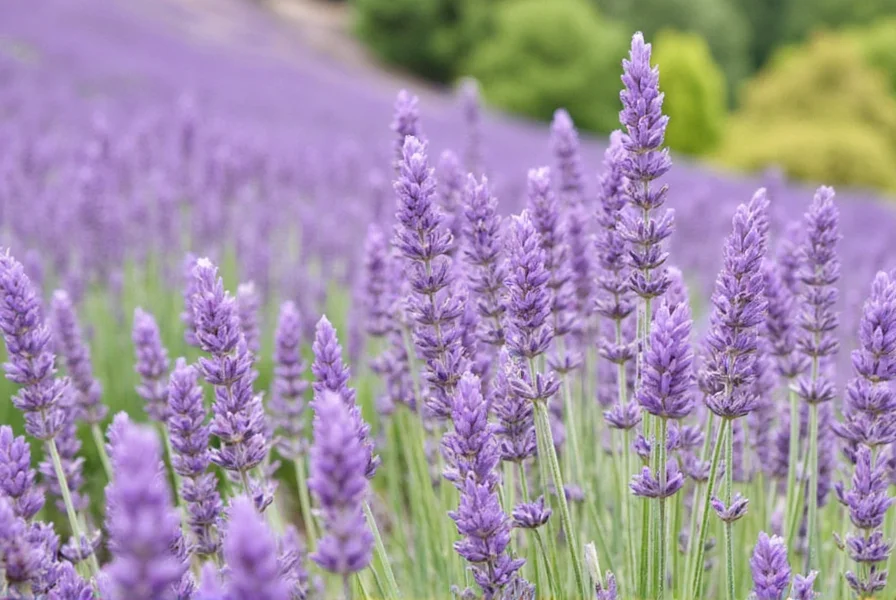
Buying Guide: Choosing the Best Lavender for Eating
If you're shopping for lavender to use in the kitchen, keep these tips in mind to ensure you’re getting the right kind:
What to Look For
- Label says 'Culinary' or 'Edible': Always check packaging for food-safe labeling.
- Color and freshness: Vibrant purple flowers indicate high quality. Avoid faded or brittle bunches.
- Smell test: Should smell sweet, floral, and fresh — not musty or overly sharp.
- No chemical residue: Organic is better, especially if you plan to consume it regularly.
Recommended Products
Here are some top picks for culinary lavender products:
| Product | Description | Features | Target Audience | Occasions |
|---|---|---|---|---|
| Bulk Dried English Lavender Buds | Organic, culinary-grade lavender sourced from Provence, France | Food-safe certified, non-GMO, air-dried | Home bakers, herbal tea lovers | Summer desserts, romantic gifts |
| Lavender Infusion Kit | All-in-one set for making lavender sugar, syrup, and tea | Comes with recipe cards and reusable mesh strainer | New cooks, gift shoppers | Valentine's Day, Mother's Day |
| Organic Lavender Essential Oil (for culinary use) | High-purity oil suitable for small-scale food flavoring | FDA approved for food use, no synthetic additives | Professional chefs, gourmet food makers | Restaurant menus, artisan chocolates |
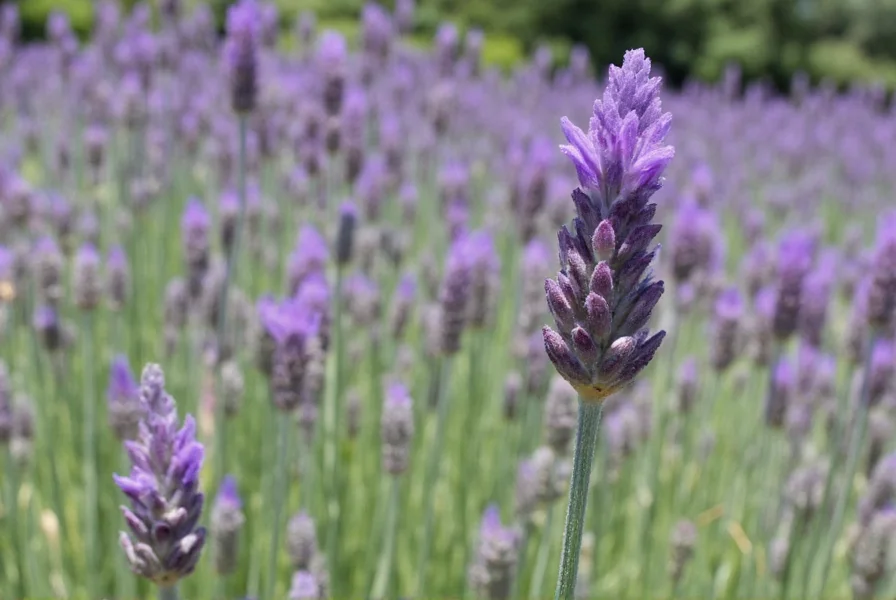
Where to Buy Edible Lavender
- Specialty spice shops
- Health food stores
- Online retailers like Amazon or Mountain Rose Herbs
- Local herb farms (ideal for organic, pesticide-free options)
Conclusion
So, is all lavender edible? The answer is a firm no. Only certain types — mainly English lavender and select cultivars — are safe and tasty enough for your table. Ornamental or non-culinary varieties may not only ruin your dish but could also pose health risks if consumed.
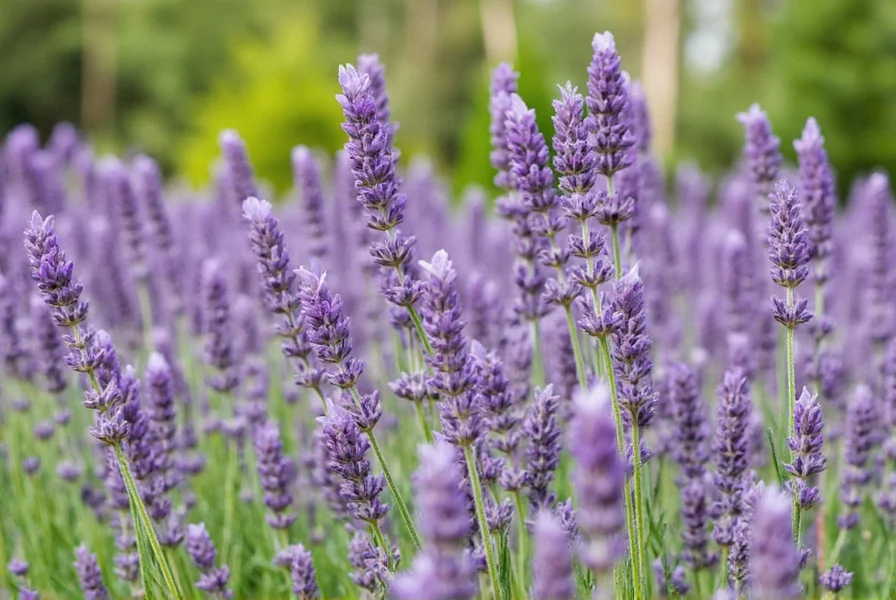
When used correctly, edible lavender opens up a world of unique flavor combinations. Whether you're whipping up a batch of lavender cookies or adding a splash of floral elegance to a cocktail, make sure you're working with the right kind of lavender.
Remember, when in doubt — look for labels that clearly say “edible” or “culinary,” avoid ornamental garden varieties, and always store your lavender properly. Now go forth and season your life with a touch of lavender — responsibly, of course!

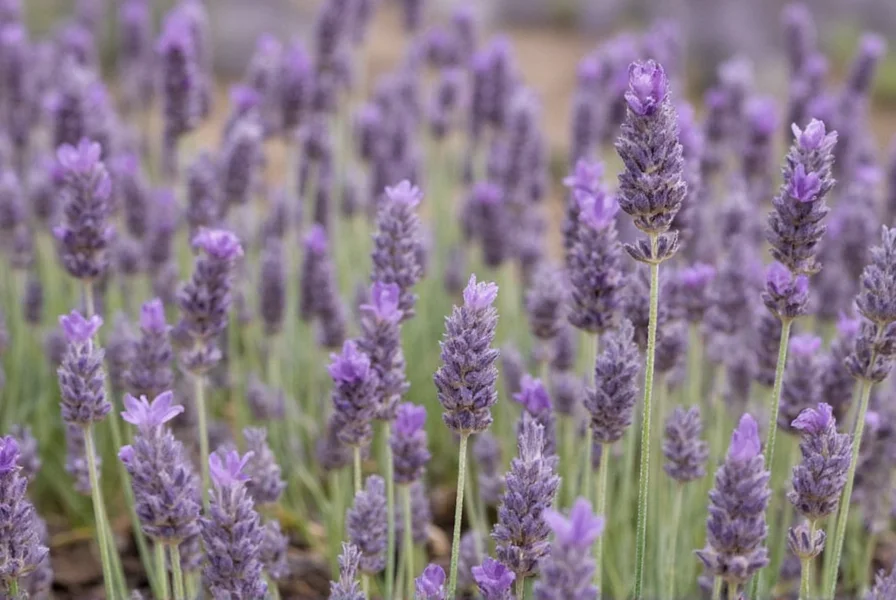









 浙公网安备
33010002000092号
浙公网安备
33010002000092号 浙B2-20120091-4
浙B2-20120091-4